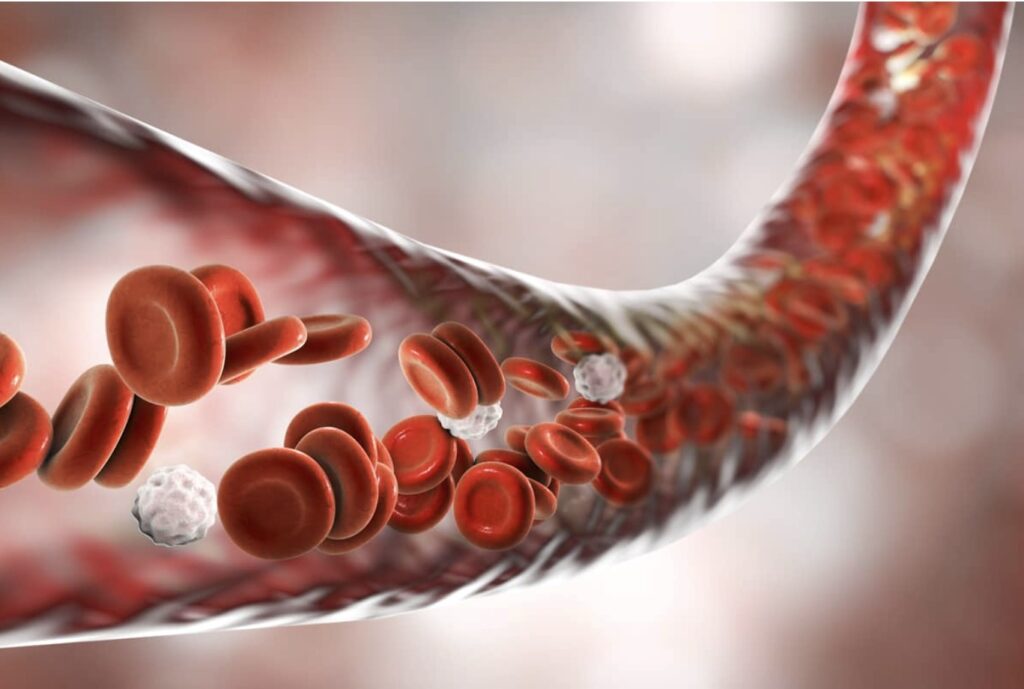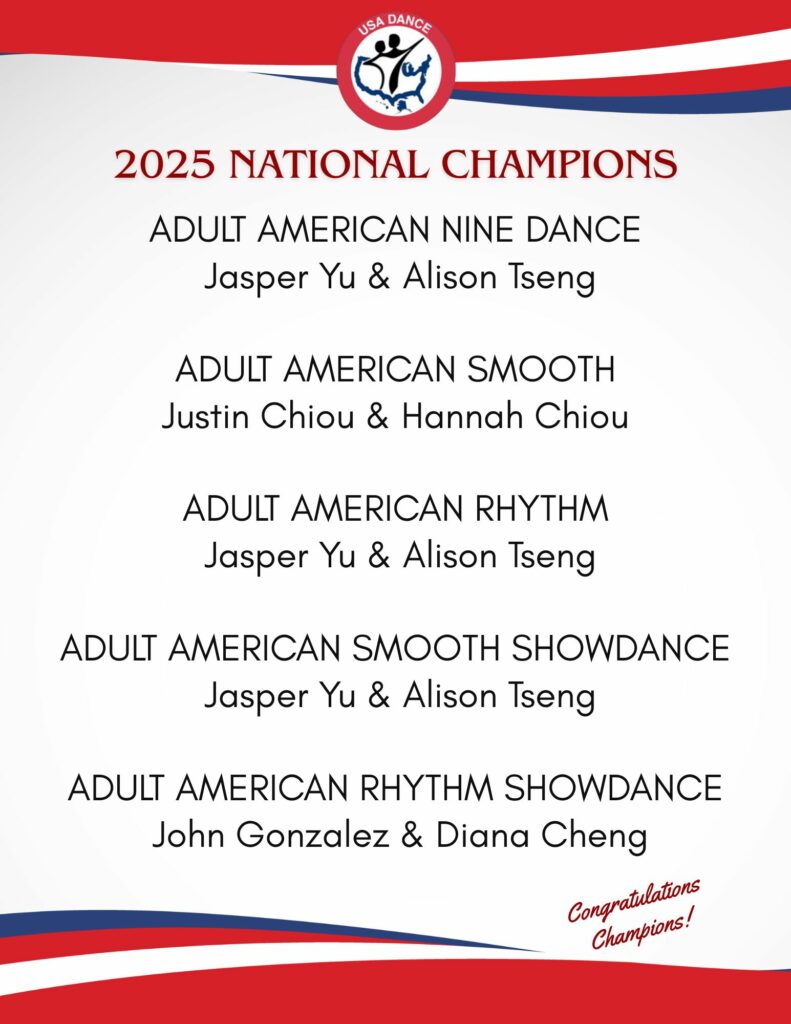PRP, standing for platelet-rich plasma, may be the most recognizable initials in orthopaedics. Platelets are the small components of the bloodstream that hold alpha granules. These are small packets that hold the proteins that act as growth factors and chemokines—factors that travel in the body and recruit other cells. This potent soup of proteins has anti-inflammatory, anti-fibrotic, and immunomodulation effects. This means that they reduce inflammation, reduce scar formation, and modify the cellular and hormonal reaction to injury and disease. Additionally, they are anabolic: They stimulate tissues to form new collagen, produce more lubrication, and affect healing. Most remarkably, they have almost no downside (though recent data shows that, when injected into muscle, they can stimulate bone formation where you don’t want it to be).
PRP, derived by spinning blood in a centrifuge, is now injected into almost all orthopaedic injuries, including arthritis, as a first-line therapy. It has been remarkably successful, despite the fact that even though well-constructed studies have shown mixed results, and that PRP is an inconsistent product. What this means is that if you draw blood and concentrate the platelets in the morning and then again in the afternoon, the two concentrations are different. Multiple different companies have PRP concentration tubes and processes. They all vary, but all seem to work reasonably well.
TXA is tranexamic acid. It is an anti-fibrinolytic agent, which means it stops the natural breakdown of new clot formation from an injury or surgery. It stops bleeding. By injecting TXA, orthopedic surgeons no longer need to use tourniquets for the vast majority of orthopaedic procedures—and often do not need to provide blood transfusions to patients, as there is minimal blood loss compared to before TXA. It is safe even for patients with a history of unwanted clot formation or bleeding disorders. By eliminating the tourniquet, a patient’s muscle recovers faster and there is less post-operative pain. Reducing bleeding also means the surgery goes faster, there is less post-operative swelling, less pain, and no risk of blood transfusion complications.
It is rare for two “drugs” to produce so much benefit and no harm. It is also my dream, as a physician and surgeon, to do the same.
 Kevin R. Stone, MD
Kevin R. Stone, MD
Dr. Kevin R. Stone is a pioneer of advanced orthopaedic surgical and rehabilitation techniques to repair, regenerate, and replace damaged cartilage and ligaments.
He is an orthopaedic surgeon at The Stone Clinic and also the chairman of the Stone Research Foundation. He lectures around the world as an expert in cartilage and meniscal growth, replacement, and repair and holds over 40 U.S. patents on novel inventions to improve healthcare.
Dr. Stone uses anabolic therapy and other biologic techniques to work to preserve the natural biology of a joint, helping people avoid or delay an artificial joint replacement.
At The Robotic Joint Center, Dr. Stone uses advanced robotic-assisted surgery techniques to ensure that partial and total knee replacements result in precise alignment and a more natural feeling knee
Dr. Stone was trained at Harvard University in internal medicine and orthopaedic surgery and at Stanford University in general surgery. His fellowship was in research at the Hospital for Special Surgery and in knee surgery in Lake Tahoe. Dr. Stone is consistently listed as one of the country’s top 25 Ambulatory Surgery Center (ASC) leaders and ranks amongst the country’s top 75 knee surgeons.1
He is a physician for Smuin Ballet and has served as a physician for the U.S. Ski Team, the U.S. Pro Ski Tour, the Honda Ski Tour, the Jeep 48 Straight Tour, the Old Blues Rugby Club, Lawrence Pech Dance Company, Marin Ballet, the modern pentathlon at the U.S. Olympic Festival, the United States Olympic Training Center, and for the World Pro Ski Tour. He’s been featured on Good Morning America, the Ologies podcast, and Star Talk podcast hosted by Neal deGrasse Tyson. He is the best-selling author of the book Play Forever. He also served as a columnist for the San Francisco Examiner and writes a weekly blog at www.stoneclinic.com/blog.
Dr. Stone enjoys skiing, windsurfing, and biking.
This article was reprinted with the express permission of Dr. Kevin Stone, MD and The Stone Clinic. To see or sign up for The Stone Clinic’s Blog, Click Here!






















